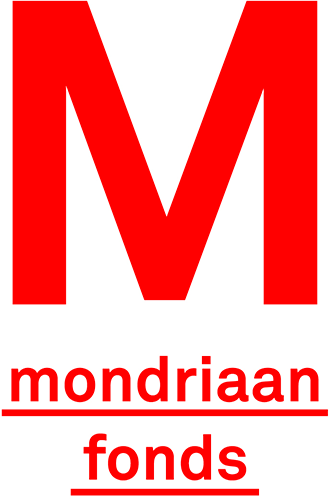Graphic arts - Screen - Prints
The screen – print represents a refined species of cliché – printing, or rather a show through method. Originally, this technique was used to print fabrics with vegetable inks. A screen - print is just a print, which is manufactured by means of a cliché that is put on a sieve ( of silk, gossamer, nylon, metal glass etc. ). The cliché can be put on the sieve by hand, mechanically or photographically. Other techniques, used for e.g. etchings, lithos, or woodcuts, provide mirror wise images. That is not the case with screen-prints. Moreover also other materials then only paper can be used for printing.
Screen-prints make it possible to realize heavier and brighter colours because of the relatively thicker print layer. This particular characteristic has become a popular asset for art printing. A screen print is easily recognisable, as the ink clearly lies on the paper. Furthermore, several colour covers can be realized, over and under each other. No dents are to be seen, like for example in etchings. Cut out clichés are fixed under a fabric, such as gauze, stretched on a frame. The paper is placed, just under the sieve with the clichés. Ink is added on the top side of the sieve. With a rubber – rake that ink is pushed into the sieve. The image of the screen print is that part which is not covered by a cliché. Each new colour on a screen-print implies the covering of those parts, or forms, that are not to be printed. The variation of thicknesses of the gauzes may have its impact on the density of the ink layer on the paper. That makes it possible to print heavily covering colours by using raw gauze or more refined screens, if one uses fine gauze.
With a brush one can also put clichés directly on the sieve; covering materials such as Arab gum or Sericol may be helpful in that process. These are products on a water basis; inks made on an oil basis are chemically rejected. The drawing on the sieve prevents the ink from coming through and appears on the paper in a negative form.
A third method implies a tightly framed gauze, completed with photosensitive emulsion, on which – after drying – a sort of pre-modelled tin-foil, with a drawing, is fixed. The image is opaque and does not let light get through. The next stage is that the integral work gets illuminated. The image becomes dry and hard during that process of illumination. Afterwards, the superfluous parts can be washed away with water.
A so-called vacuum table is used to prepare screen-prints. It keeps the paper on its place during the printing process.
Screen-prints are considered as a Twentieth Century printing method, although the Chinese may have invented this technique probably in the distant past.
The interesting commercial use in the Netherlands, started after 1950. This technique was considered as fit for printing on materials for which before there were no other ways. However, screen – printing proved to be applicable in a very broad sense.
Back


